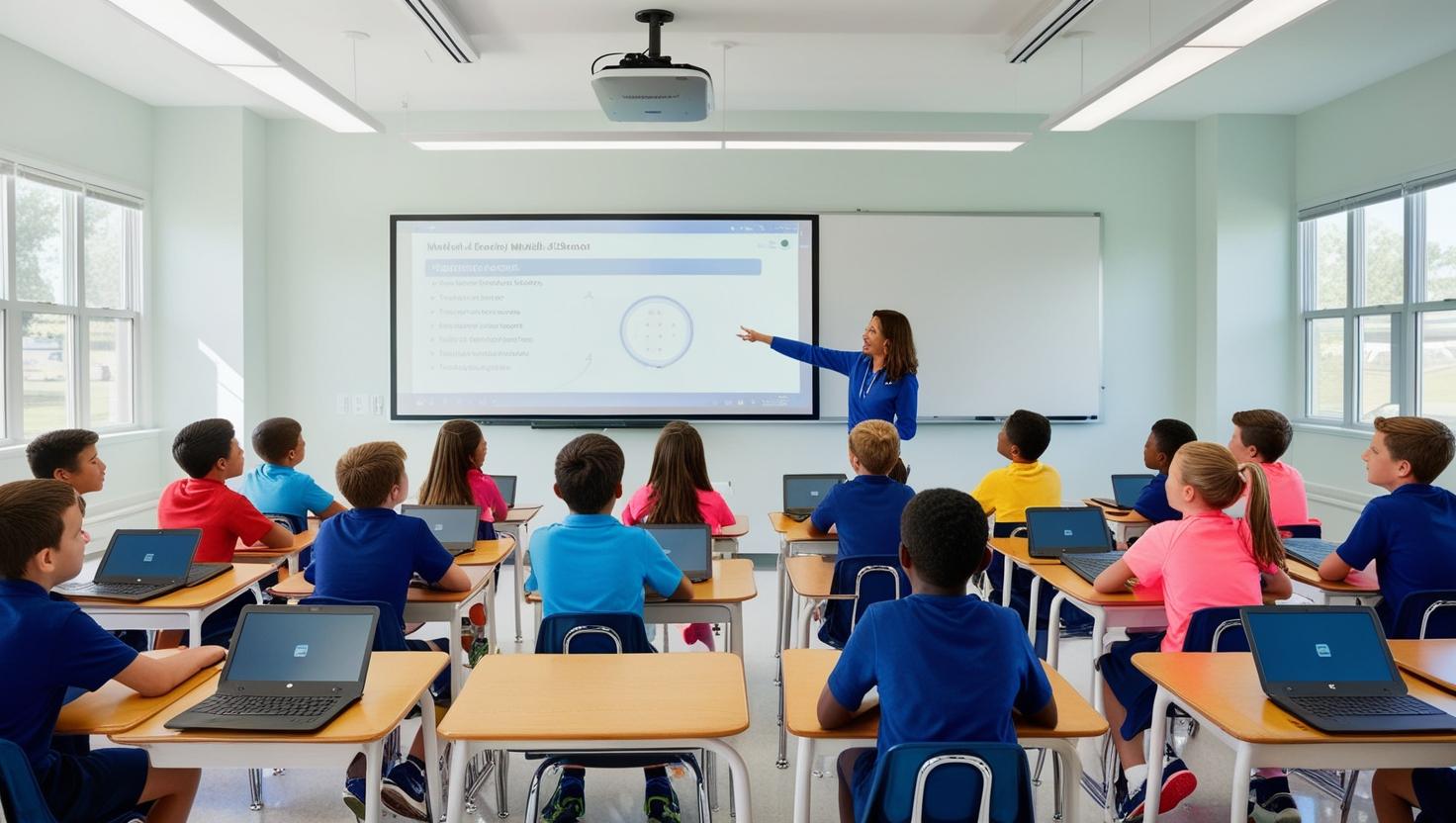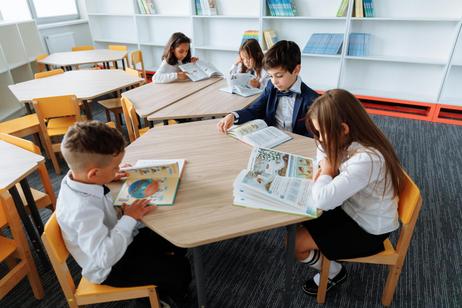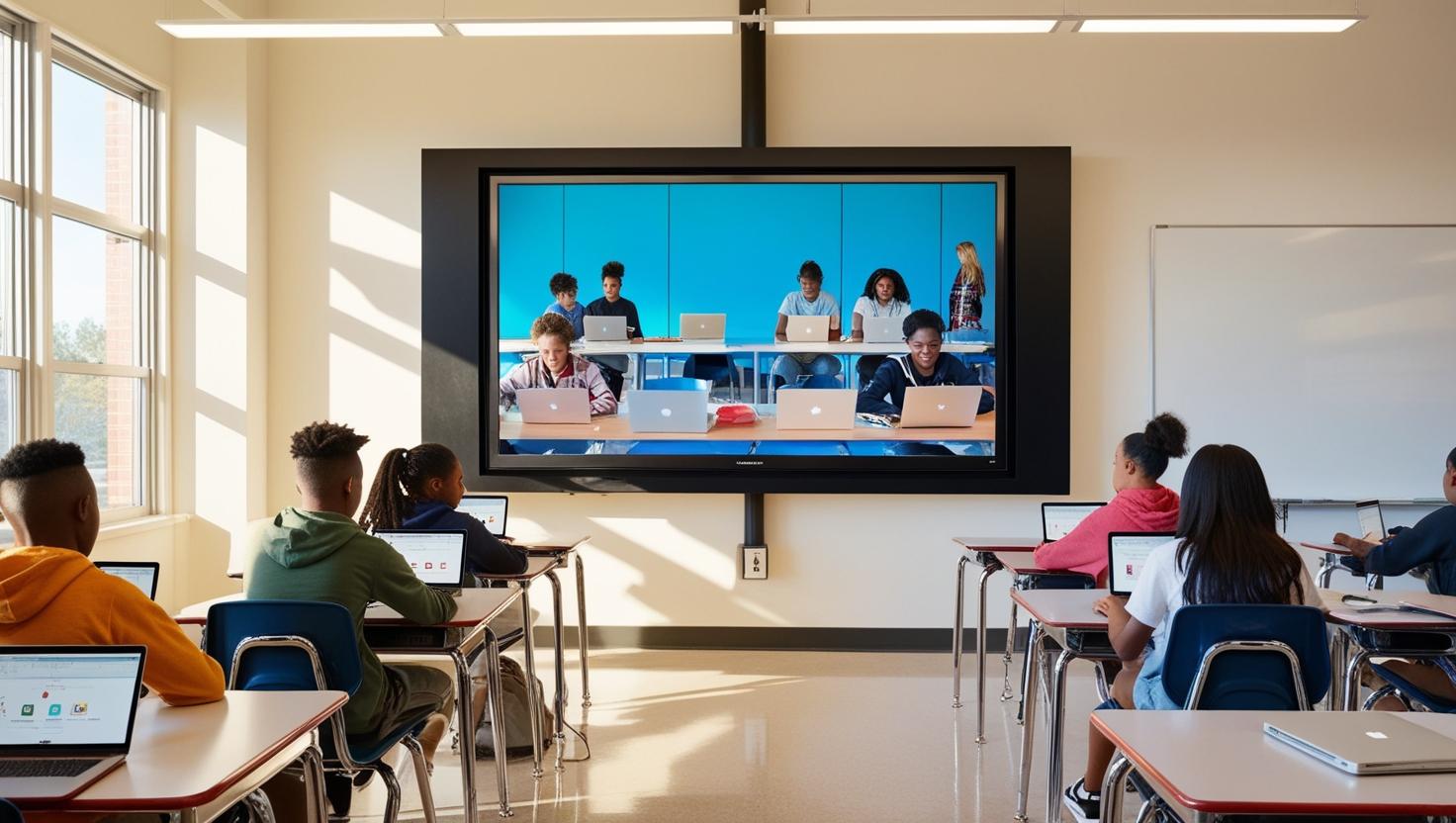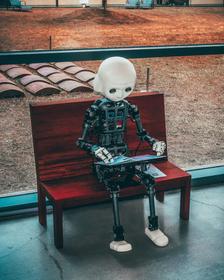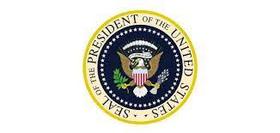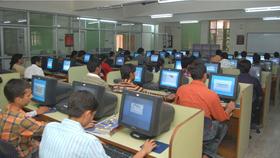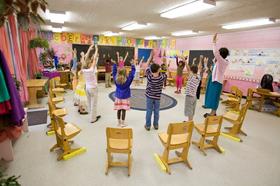Social Emotional Learning: Education's Hidden Symphony
As a classical musician and writer, I deeply understand how emotions and social connections shape our learning experiences. Let me share my perspective on Social Emotional Learning, a framework that resonates strongly with my artistic background. To help you understand SEL, I have included quotes from authoritative sources together with links, so that you explore the subject more fully. Here's why Social Emotional Learning (SEL) is as essential to your child's development as learning their ABCs or multiplication tables.
The Daily Impact
Your child might struggle with situations like:
- Getting frustrated when homework becomes challenging
- Having difficulty making friends at school
- Feeling anxious about speaking up in class
- Managing conflicts with siblings
SEL helps children navigate these everyday challenges by teaching them to understand and manage their emotions just as they learn to read or solve math problems. Since a report indicates that too much screen time on smartphones increases children's aggressiveness, SEL is a tool that can mitigate those unhelpful emotions.
The research also suggests that teachers with better social emotional learning (SEL) skills are more likely to have good relationships with students, and those students in turn are more engaged in learning. Source: American Psychological Association
Real Benefits for Your Child
Think of SEL as giving your child an emotional toolkit. Children who participate in SEL programs show remarkable improvements:
- Higher academic scores and test results
- Better classroom behavior and focus
- Stronger friendships and



